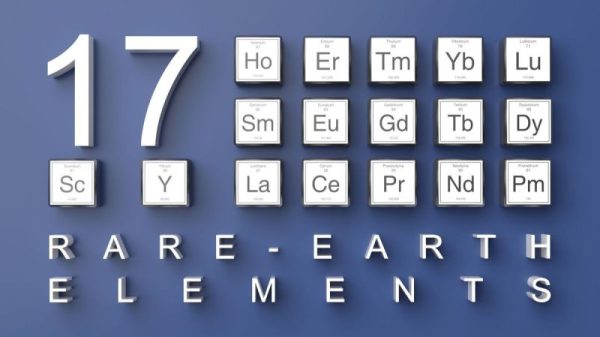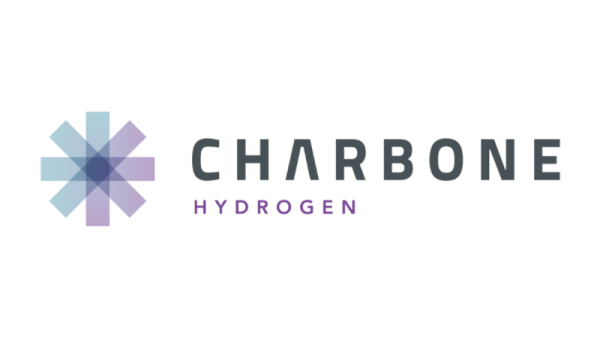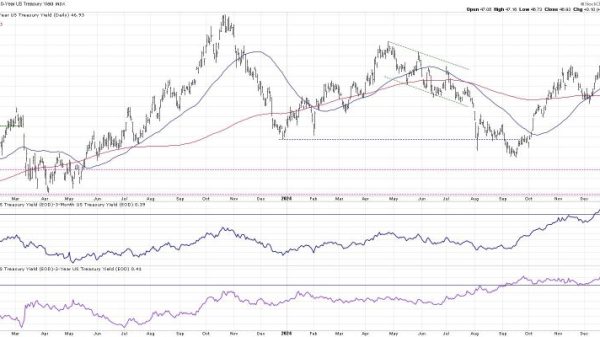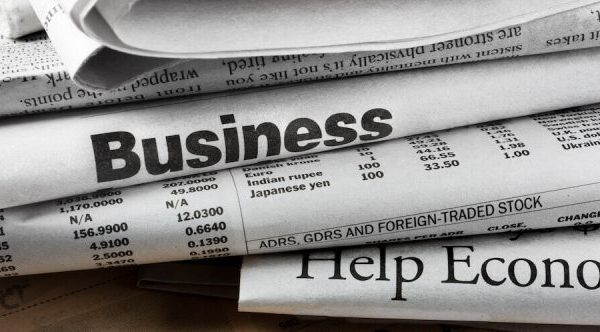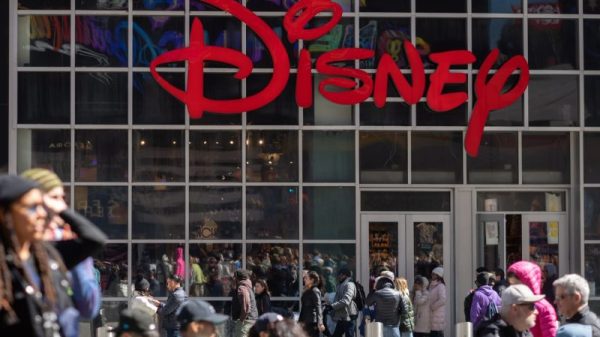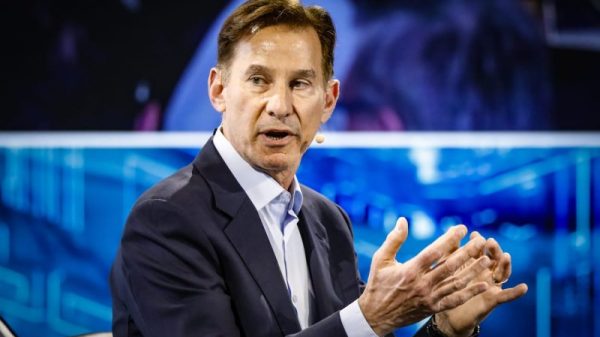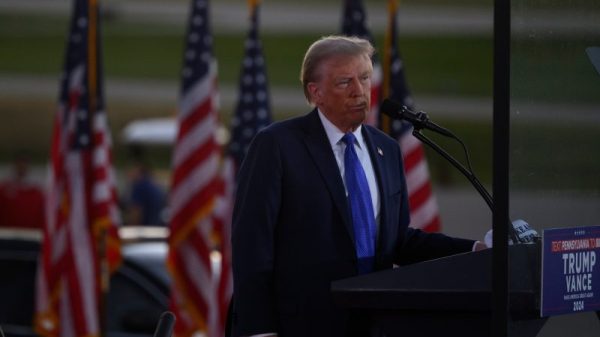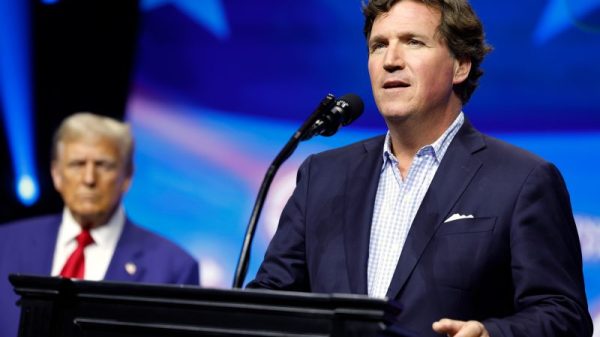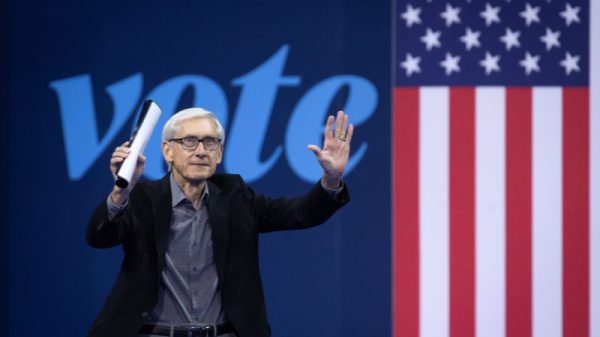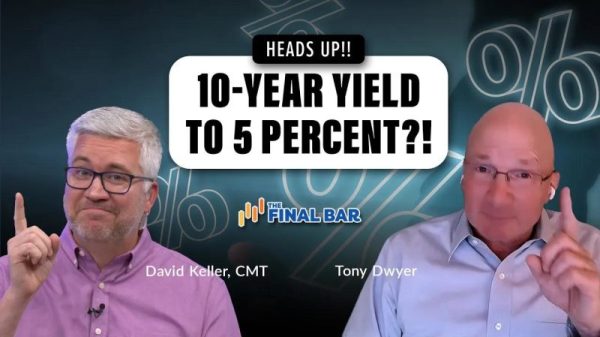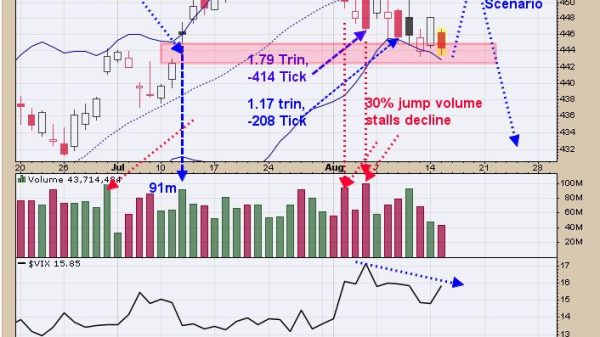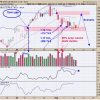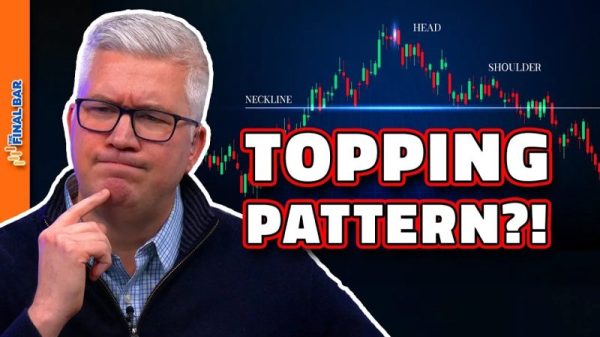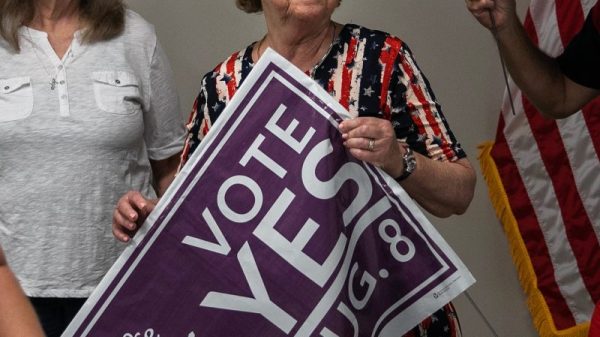The 2024 Republican presidential nominating contest has echoed the 2016 one in two important ways. First, Donald Trump has led in polling consistently for months. And, second, outside observers have continually speculated about how he might lose that lead, only to see him not do so.
There are other differences — like that his lead in 2024 is far more robust than was his 2016 lead at any point — but that’s been the pattern. As Tuesday’s primary in New Hampshire approached, that lead stayed in force. Might the first primary of the cycle yield an upset that propelled a different candidate toward the nomination? Could polls taken at the beginning of January finally demonstrate that some obstacle was about to land in Trump’s path toward November?
With new Washington Post-Monmouth University polling added to other recent measures of the contest, it seems safe to offer an answer to that question:
No.
Those early January polls from Suffolk University (conducted for the Boston Globe and USA Today) and the University of New Hampshire (for CNN) showed a big split in support in the Granite State. The USA Today poll showed a 20-point gap; CNN’s had the difference at only seven.
The length of the lines on the chart below indicates how long the poll was “in the field” — that is, how long the pollsters were talking to likely voters.
This wasn’t as incongruous as it might have seemed, as I wrote at the time. If you include margins of error, both polls overlapped.
“If Trump’s support in New Hampshire is really 42 percent,” I wrote, “ … it’s within the lower bound of USA Today’s poll and the upper one from CNN.”
The chart below shows Trump’s support overall (vertical spoke, with support measured by distance from the center) and among different demographic groups in the CNN and USA Today polls.
An interesting mathematical experiment. But, since that point, a largely irrelevant one.
In the weeks since those differing polls came out, there’s been some significant convergence. Former New Jersey governor Chris Christie dropped out of the race, with former U.N. ambassador Nikki Haley gaining a large share of his support. But Trump added support, too. The next USA Today poll, conducted on Jan. 16 and 17, showed Trump up four points to Haley’s 10, while the next CNN poll showed Haley gaining seven points to Trump’s 11.
The two polls now had Trump at 50 percent, with Haley just under 40.
In two subsequent USA Today polls, Trump gained seven points to Haley’s two points, giving him a lead of 19 points. The Post-Monmouth poll, completed on Saturday, has an 18-point lead for the former president.
Those polls were conducted in between two key developments in the campaign: the withdrawal of businessman Vivek Ramaswamy immediately after the Iowa caucuses and before Florida Gov. Ron DeSantis dropped out. Most of the support both of them had earned in New Hampshire was expected to go to Trump; it seems obvious that much of Ramaswamy’s did.
There is a surfeit of other evidence from our poll that New Hampshire is firmly in Trump’s grasp. For example, Trump’s net favorability (the percentage of respondents who view him positively minus those who view him negatively) is plus-23. For Haley, it’s only plus-6. Her 10-point lead among those who aren’t registered Republicans is dwarfed by the much larger population of Republican likely voters, who back Trump by a more than 40-point margin.
In mid-December, New Hampshire Gov. Chris Sununu (R), who endorsed Haley, predicted that she would not only win, she’d win in a landslide. She had seen a jump in support over the preceding weeks, which suggested the possibility of a further narrowing of the contest. And while New Hampshire’s history didn’t suggest a come-from-behind landslide was likely, it was not uncommon for there to be significant movement in the polls between the Iowa caucuses and the New Hampshire primary.
It is not likely, though, that a double-digit deficit will vanish overnight, particularly given the DeSantis shift. Maybe Haley still beats the predicted results, offering at least a glimmer of hope moving forward. But, as I wrote last week, New Hampshire is probably her last obvious opportunity to upend Trump’s stroll toward the nomination.
Meaning that, in two days, this race is likely to simply be over.

